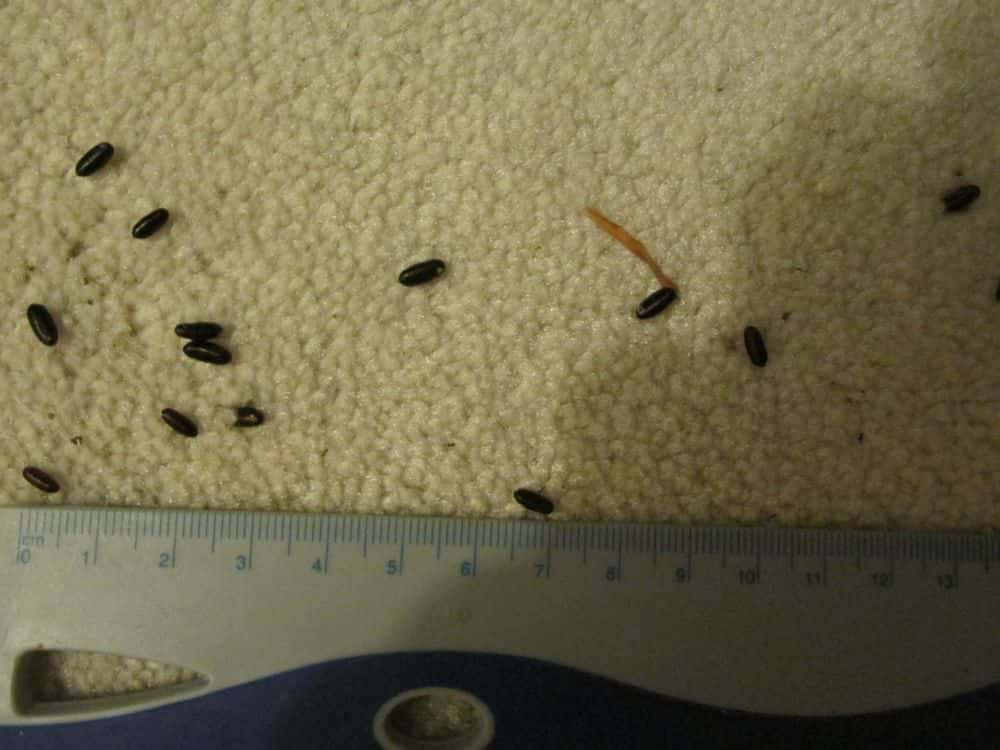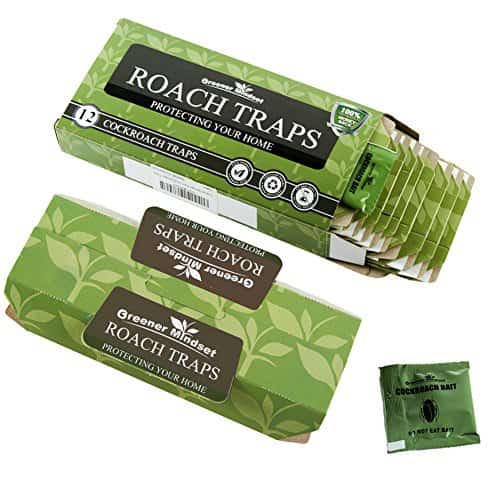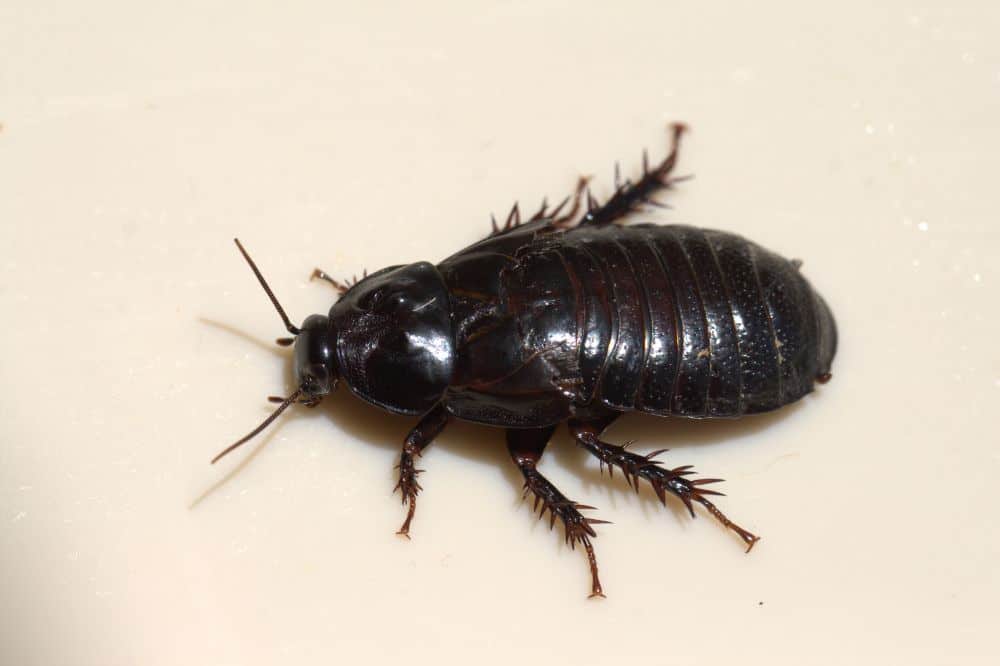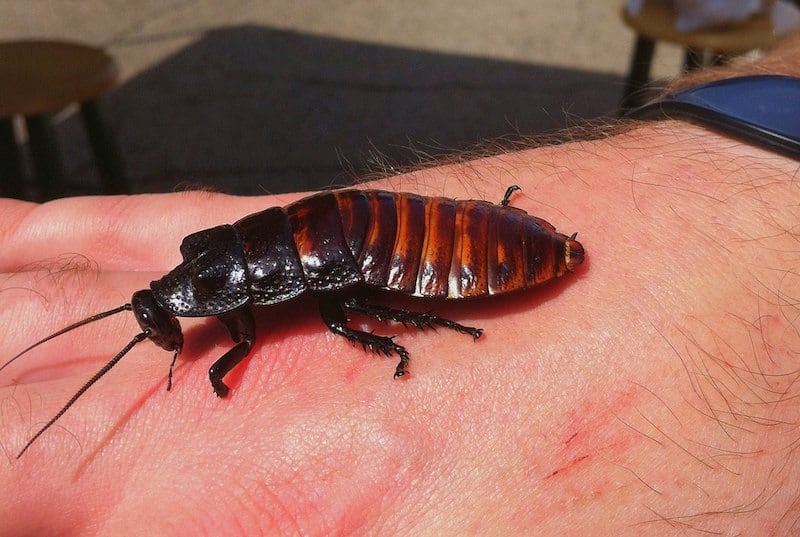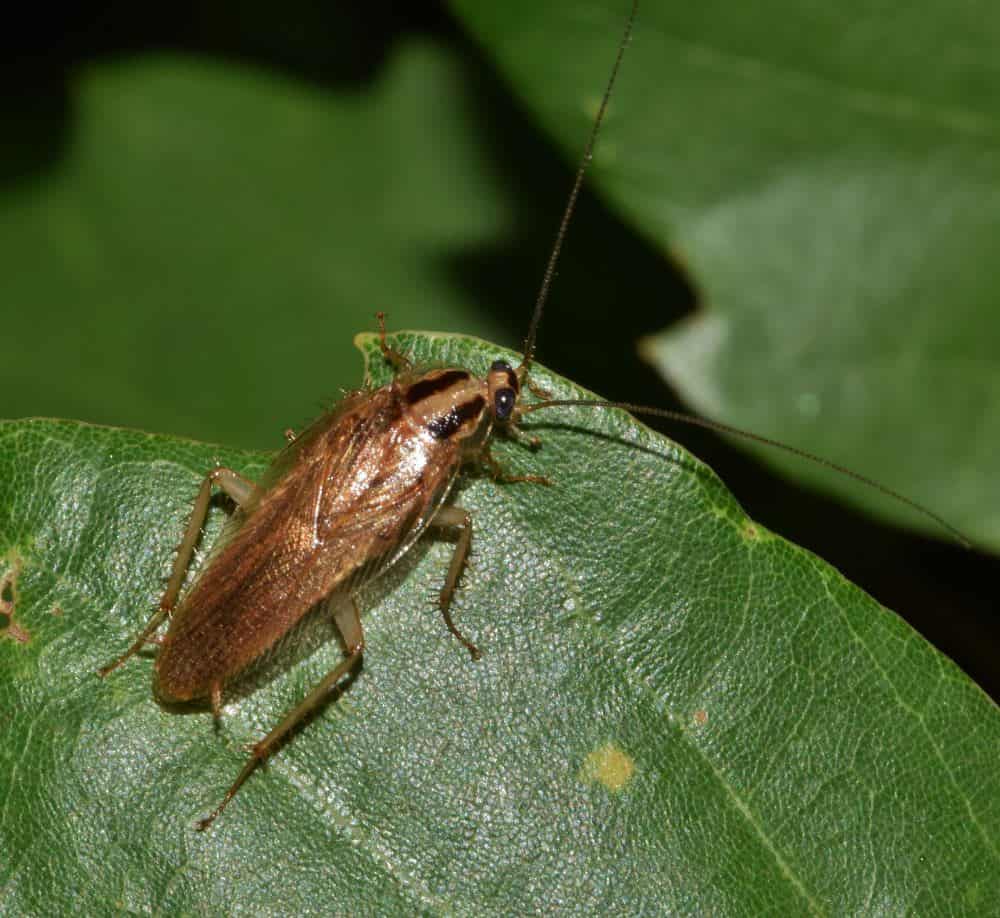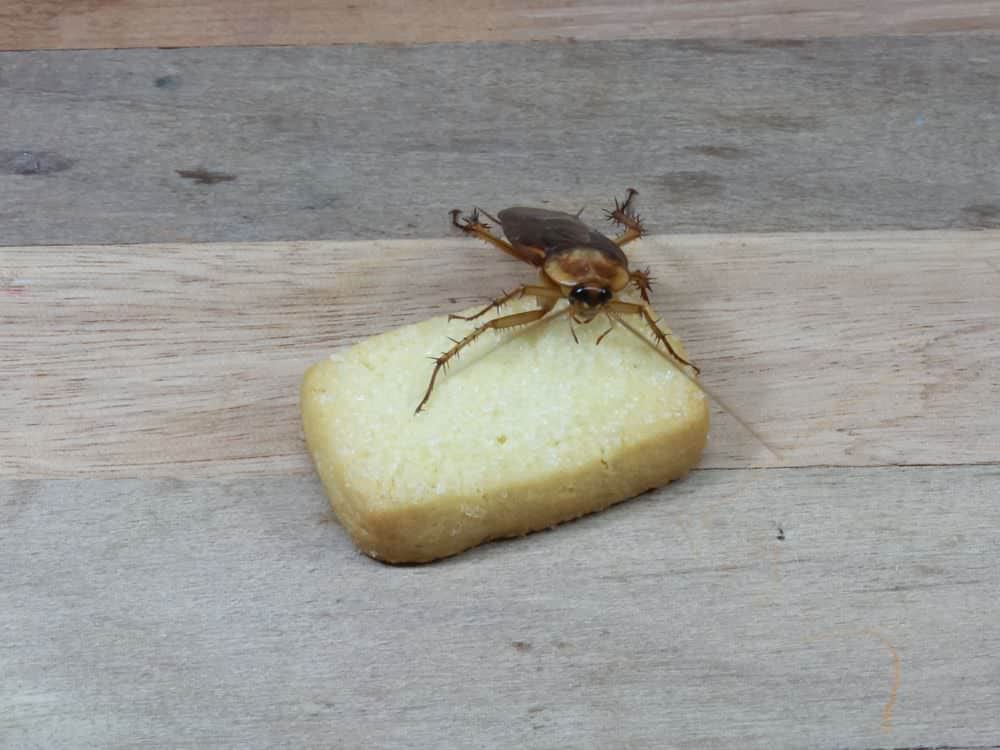Cockroach Life Cycle
Cockroaches in the home can cause some serious problems. They reproduce rapidly and the population can soon grow out of control. The more we learn more about the cockroach life cycle, the clearer it becomes why these creatures have survived on Earth for millions of years.
What Are the Cockroach Life Cycle Stages?
The life cycle begins when the female roach lays her eggs. The number of eggs she will lay varies, depending on the species. Irrespective of the species, however, there are three stages each roach will go through in order to become an adult. These are:
Eggs
Around seven to ten days after mating, the female cockroach will produce a casing. This is the sack she uses to carry and protect her eggs. The casing of the eggs is known as an ootheca, and is a hard shell, made of secretions from the female’s glands. Egg casings are kidney-shaped, or purse-shaped. The color and size of the casing is also different for each species.
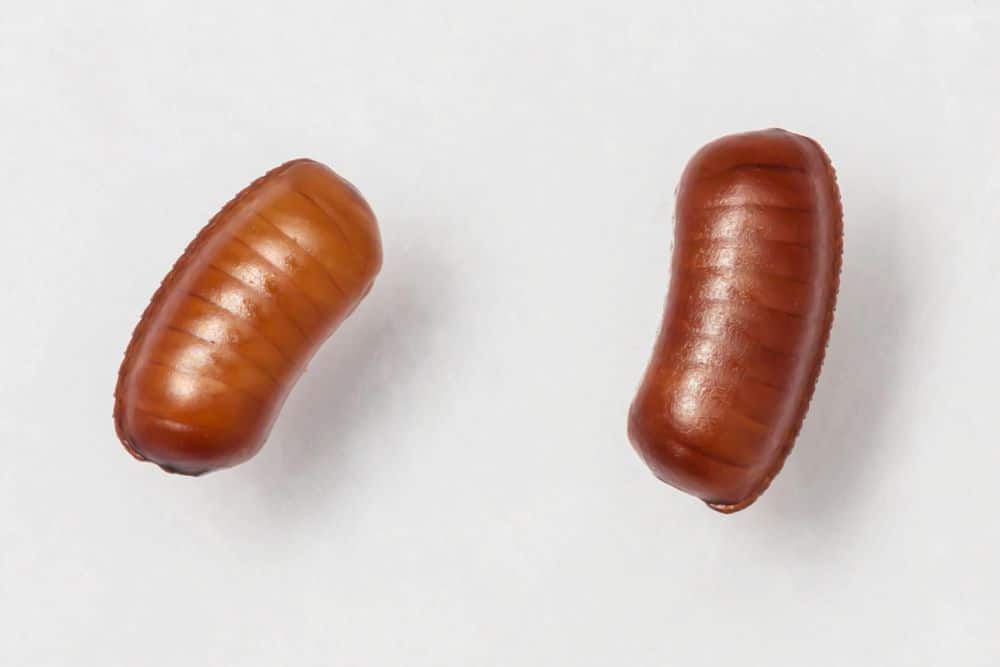
Each ootheca will contain between 10 and 50 eggs. Throughout her life, a female will produce many oothecae. When the female is ready to deposit her eggs, she will find a secure place to hide them. She will look for a dark, warm area that is moist and close to a food source. Thus ensuring an ideal environment for the newly hatched nymphs. Some roach species will also hold onto their eggs for the entire duration.
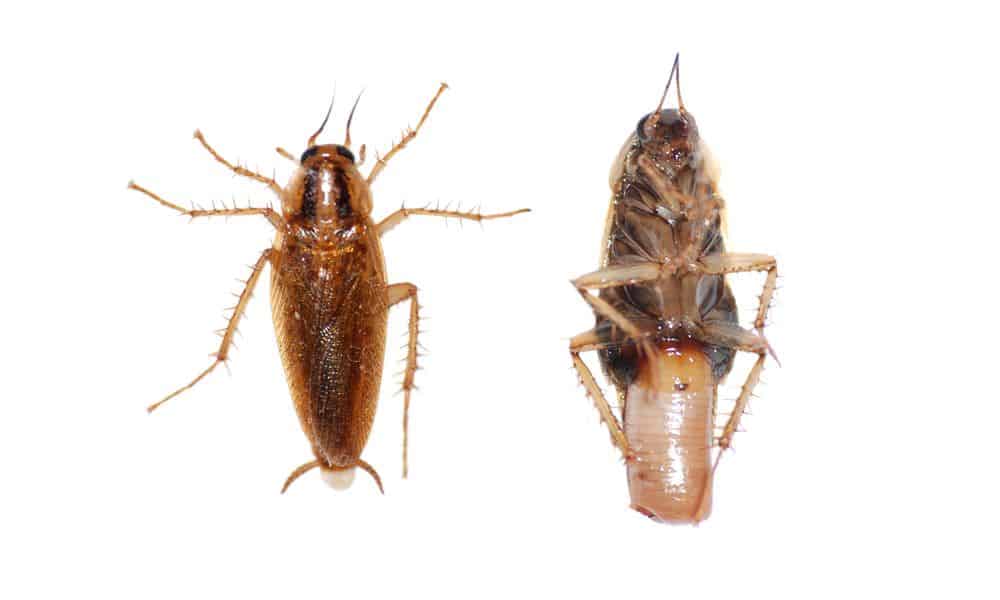
The incubation period depends on the species and the conditions. It will normally take anywhere from 24 to 60 days for the eggs to hatch, although sometimes it can be much longer.
Nymphs
When the eggs hatch, the immature roaches, called nymphs, will emerge. The eggs will only hatch once the external conditions are ideal. The nymphs will wait for the right temperature before emerging.
When they are first born, the nymphs are usually white. Shortly afterward, they will turn brown as their exoskeleton begins to harden. This process sees them looking like miniature versions of the adult roaches, but without wings.
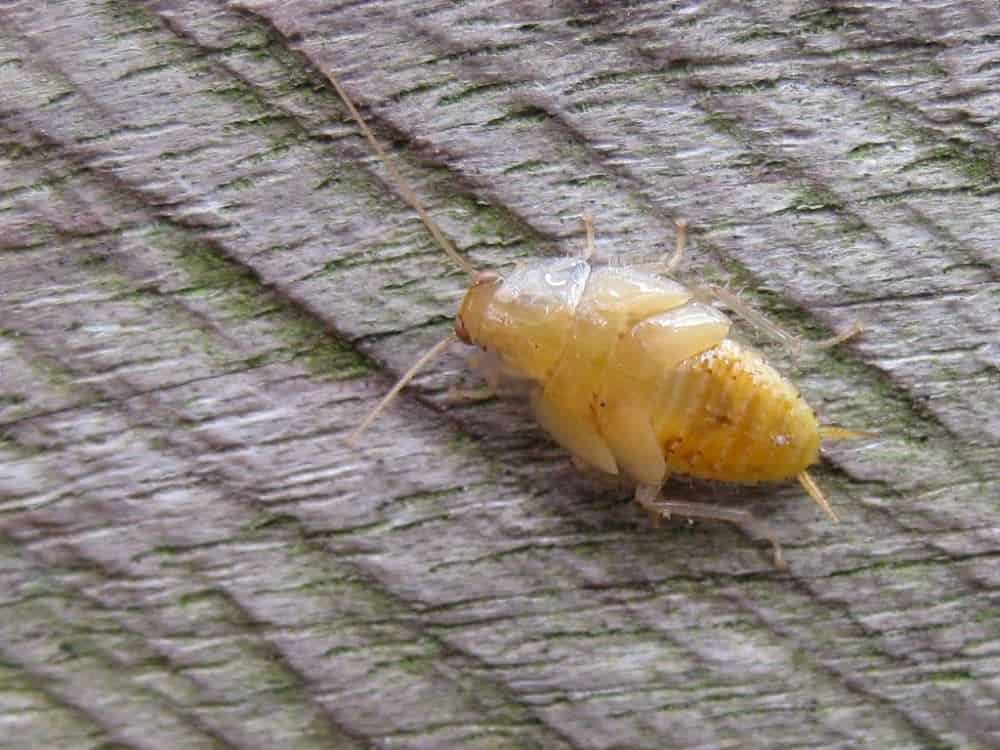
Before a nymph finally becomes an adult, it will molt and shed the exoskeleton several times. Every time they molt, the growing nymphs become lighter in color and their bodies become soft again. The body then rehardens and the color darkens. The period between each molt is called instar.
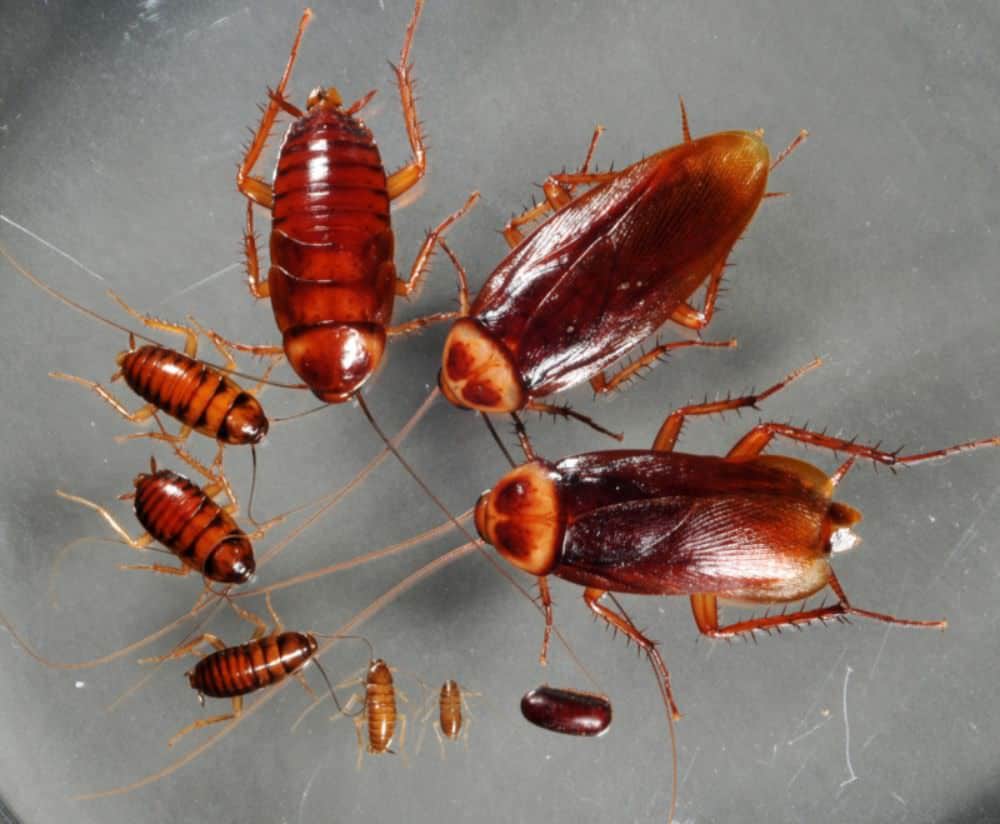
With each molt, the nymph becomes more like the adult roach. The time this process takes varies, again depending on the species. Nymphs can molt between 5 and 15 times. Some will complete the process within a few weeks and others will take much longer.
Adults
The final molt sees the cockroach become an adult. It will have developed wings and its reproductive system will be fully functional. With the ideal conditions and a good food supply, the adult female will quickly begin to produce eggs, adding to the population. In poor conditions, such as cold weather, then development will be slower.
How Do Roaches Reproduce?
To reproduce, the female needs to attract a male to fertilize her eggs. To do this, she will release pheromones. This can attract several males, resulting in the competing males fighting over the right to mate with her.
The winner will then deposit his sperm into the female, so she can fertilize her eggs. Some females only need to mate once in their lifetime, and will then store the sperm to produce more eggs at a later date. Others will mate more often, as the stored sperm is depleted.
When the mating process is over and the female has received sperm, this is where reproduction methods can differ. Females produce their eggs in one of three different ways, determined by their species once again.
Oviparous
Most species of cockroach are oviparous. This means that the females grow their young in egg casings outside the body of the female. Before the eggs hatch, the adult female will carry the ootheca attached to her abdomen, until she finds a suitable hiding place to deposit it in. The female of some species will glue the oothecae to a surface with a secretion from their saliva.
Some species will install the oothecae within 24 hours of them being formed, while others keep the oothecae attached to them until the eggs are almost ready to hatch. The oothecae must always remain moist for the nymphs to develop. The species’ that deposit the ootheca before hatching, are less likely to care for their young after hatching.
Ovoviviparous
Roaches that are ovoviviparous keep the ootheca inside their body. When they are ready to hatch, the female will give birth to live nymphs. The developing roaches in the ootheca will feed on the yolks of the egg, just the same as the oviparous types.
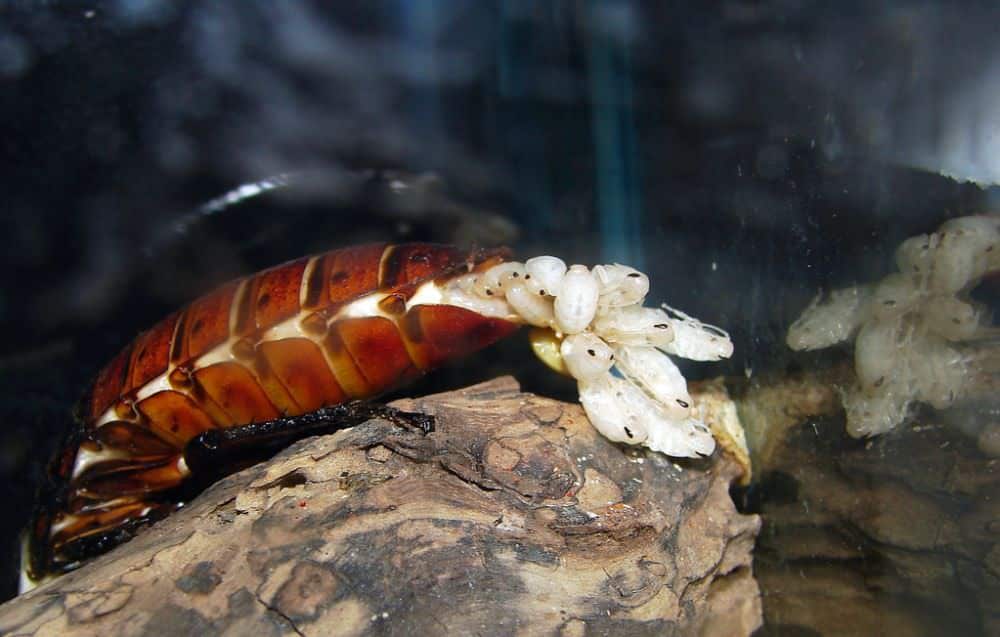
Viviparous
A third type, the rarest in the roach family, are viviparous. These females keep the eggs within their uterus, without an ootheca. The young will grow inside the mother’s uterus and survive on the fluids, as most mammals do. Females of these species are more likely to nurture their young once born.
How Long Do Roaches Live For?
The lifespan of a roach depends on the species. The three types below tend to be the ones that we are likely to find in our homes.
American Cockroach
With the right conditions, these roaches can live for a considerable length of time. The American roach is the largest species that invade our homes. Males will live for around a year. Females have a longer lifespan and may live for up to 700 days or more. They reproduce at a slower rate than some other species, yet make up for it by living longer.
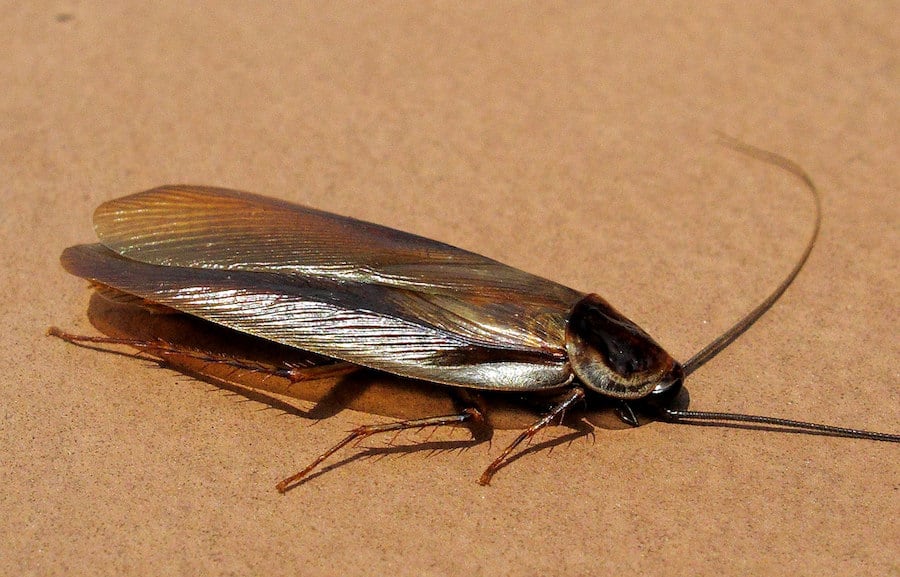
Oriental Cockroach
Oriental cockroaches have adapted themselves to live well in colder climates. For females to produce the egg casings, however, temperatures need to be above 59 degrees Fahrenheit.
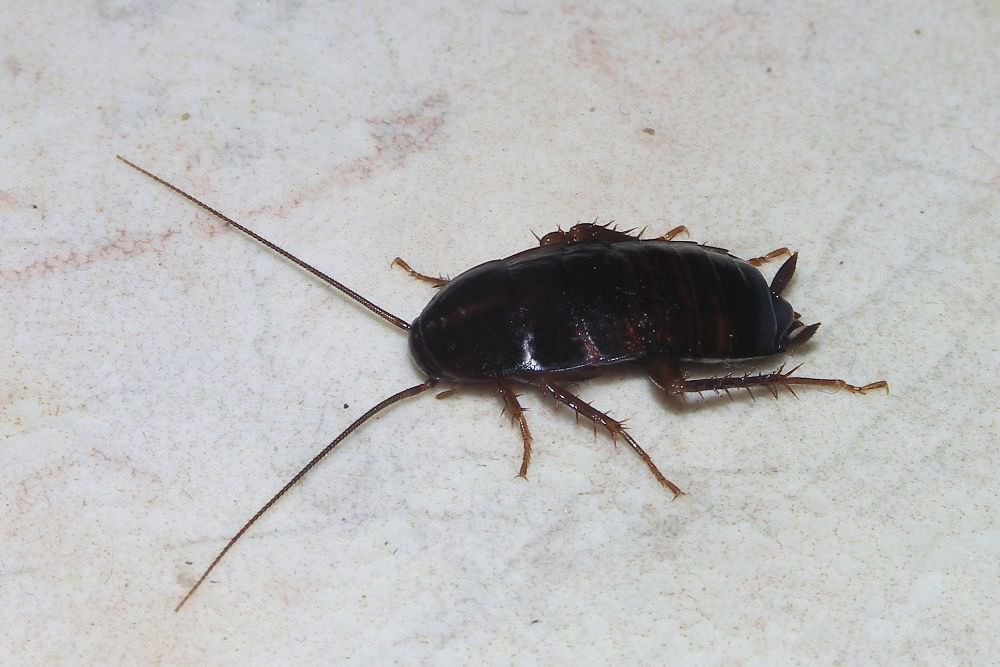
The female of the species lives longer than her male counterpart, and can survive for about 180 days. The males will only live up to 160 days.
German Cockroach
German roaches are the species which reproduce at the fastest rate. Each of the female’s eggs casings contains up to 50 eggs and she will produce several during her life. One female can produce up to 35,000 eggs in her short life. Although they can reproduce rapidly, their lifespan is short. Both males and females will only survive up to around 200 days.
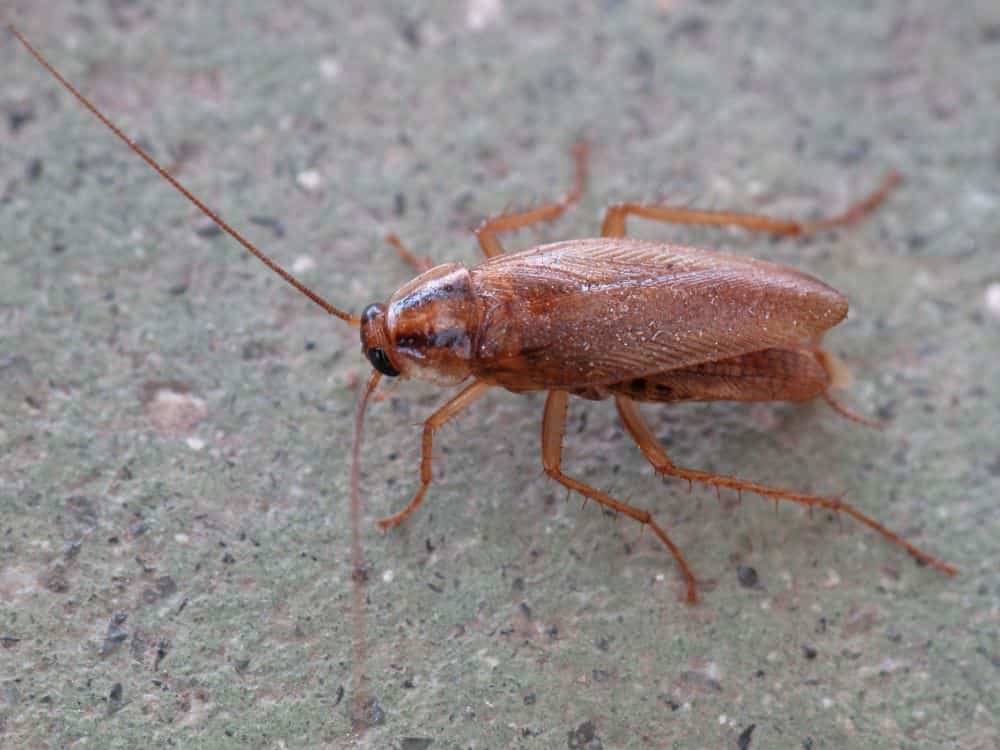
Roaches have survived on the earth for over 320 million years. The cockroach life cycle is obviously a very successful one, which has played an important part in their ability to survive throughout the millennia.
There are said to be more than 4,000 roach species, although only about 30 of these species are a problem for us humans. However, this is little consolation when you seem to have a whole population running rampant throughout your kitchen cupboards.

